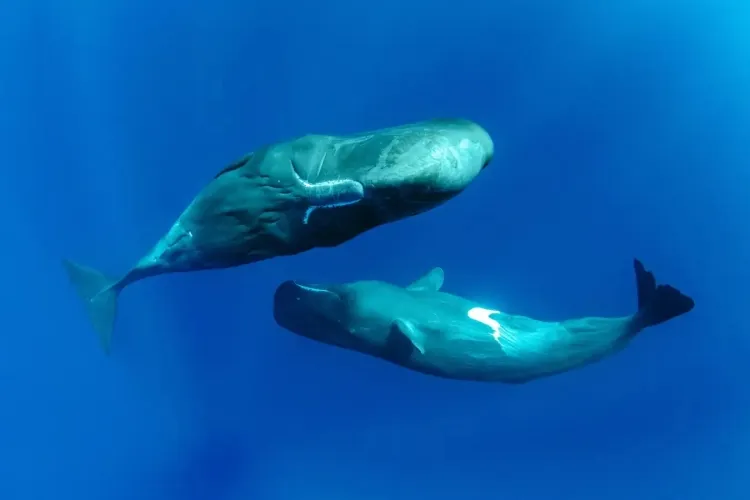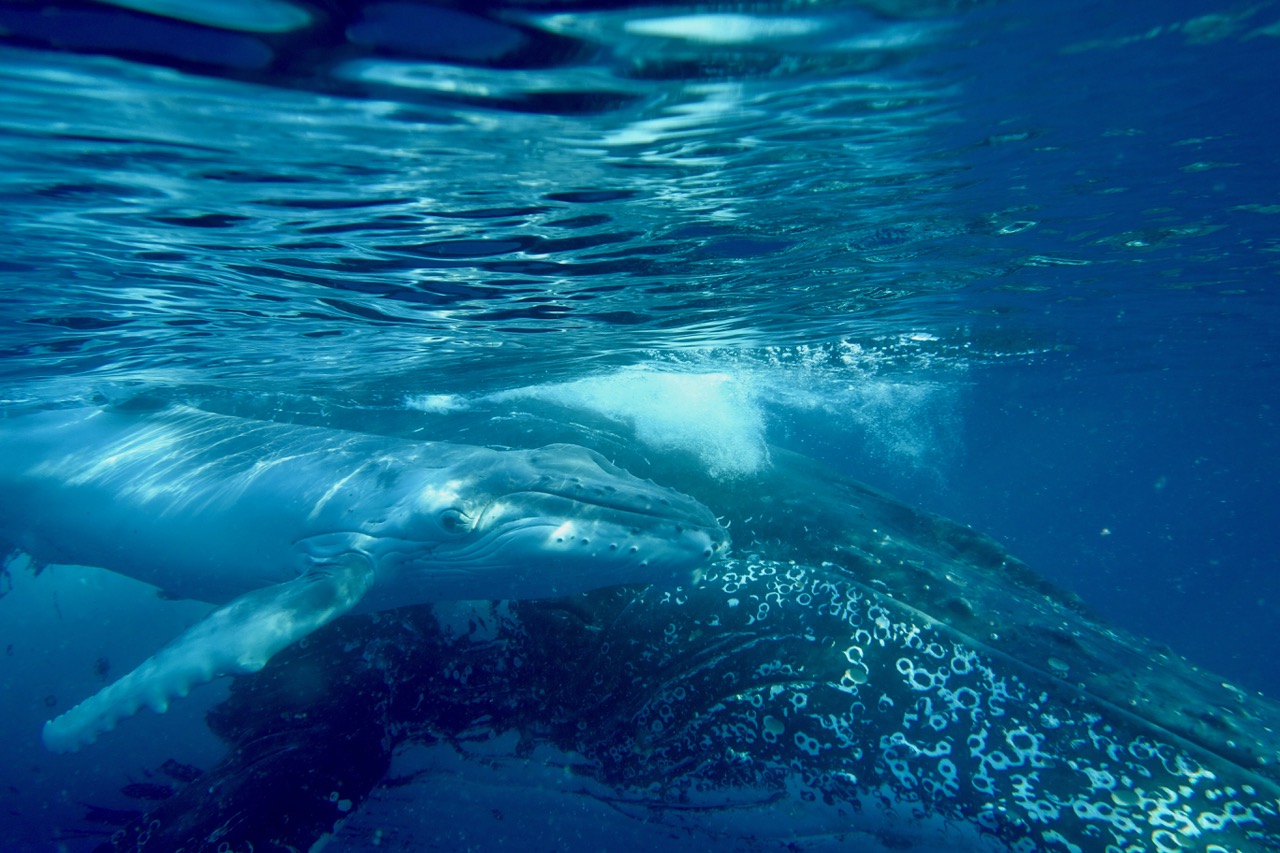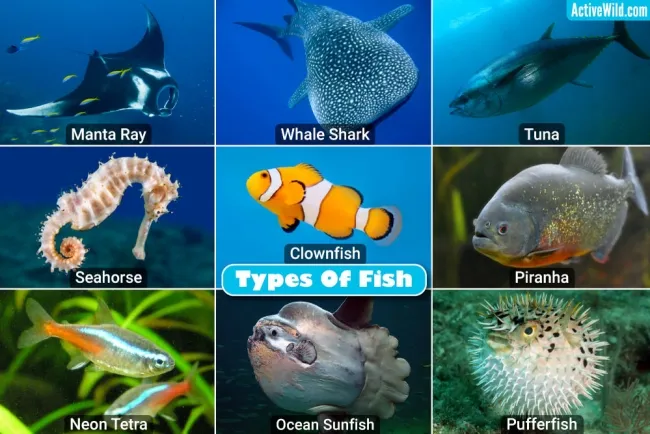Whales Speak in Complex Patterns: A New Study Challenges Assumptions About Animal Communication
The deep oceans, where the world’s largest creatures roam, have always held mysterious secrets, especially when it comes to the communication of humpback whales. These magnificent creatures, some reaching lengths of over 100 feet and weighing as much as 33 elephants, have long fascinated scientists and humans alike with their songs—low grunts, moans, and complex vocalizations that echo through the water. But new research is now suggesting that these songs could be much more than simple sounds—they might be a form of communication similar to human language.

A groundbreaking study published in Science has revealed that the songs of humpback whales exhibit complex patterns that closely resemble human language structures. The study, based on eight years of whale song recordings, challenges the traditional belief that animal communication is merely instinctual. Instead, these findings suggest that whale songs are a form of culturally transmitted knowledge passed down through generations, particularly among male humpbacks.
A New Understanding of Whale Intelligence
This revelation transforms our understanding of animal intelligence and raises new questions about consciousness and culture in non-human species. Just as human languages are learned and passed down culturally, the study suggests that humpback whale vocalizations may follow a similar cultural learning pattern. This challenges previous assumptions that complex communication and cultural transmission were unique to humans, opening up the possibility that non-human species may have a level of social and intellectual complexity that we have yet to fully understand.
Humpback whales' vocalizations, particularly their songs, have been known for years, but their exact purpose has remained a mystery. While it's long been assumed that these songs were primarily used for mating calls, the new study suggests that there might be more to these vocalizations than simply attracting a mate. The complexity of their songs implies that whales could be communicating with each other in ways we haven’t fully grasped.
The Songs of Earth in Space
The significance of whale songs extends beyond Earth. In an awe-inspiring act of symbolic representation, whale songs were included on the Voyager spacecraft in 1977, traveling into interstellar space as part of the Golden Record, a message to potential extraterrestrial life. As Voyager journeys over 24 billion kilometers away from Earth, it carries the voice of these remarkable creatures, symbolizing the beauty and complexity of life on our planet.

Rethinking Communication and Culture
This new study forces us to rethink the very nature of communication and culture. Are whales capable of cultural behaviors similar to human societies? Could their songs represent not just mating rituals but also a deeper form of communication, perhaps involving social bonds, navigation, or even emotional expression?
The question now arises: are these songs truly just mating calls, or do they represent a sophisticated form of language used by humpback whales to convey meaning within their social structures? As we continue to study and understand these marine giants, we may uncover even more profound insights into the complexities of non-human intelligence.This study raises compelling questions about how we define language and culture. What do you think about the possibility of non-human animals, like whales, having such advanced communication systems? Could this discovery change our perception of intelligence in the animal kingdom?
What's Your Reaction?

















